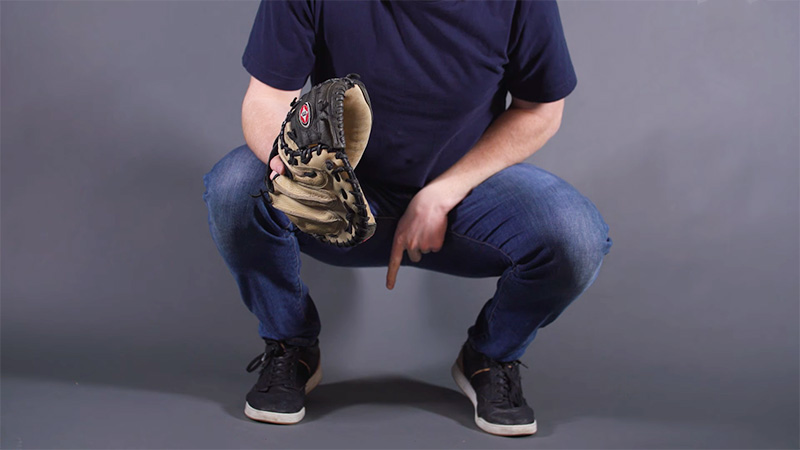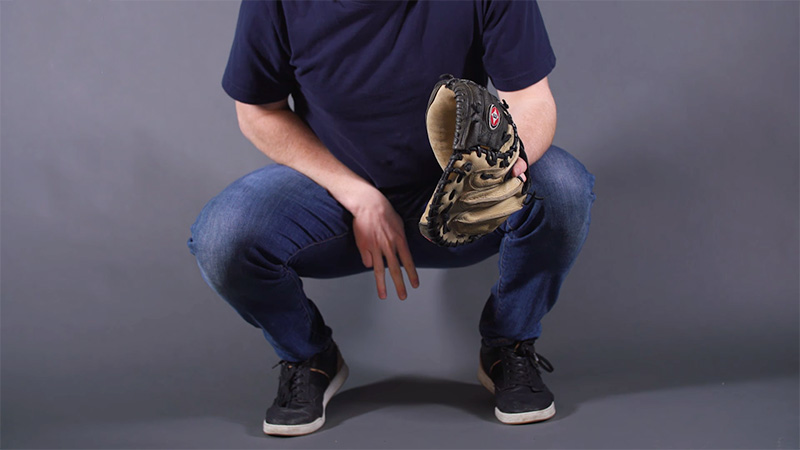Sign stealing, a practice highly regarded within various baseball circles, is often considered an art form when relying solely on visual observation.
Strategic decisions, such as sacrifice bunts or stolen base attempts, are frequently communicated among coaches and players using hand signals, which are susceptible to being intercepted by the opposing team.
In an attempt to gain an advantage, opposing players and coaches diligently analyze these signals, deciphering patterns to decode the opposing team’s strategy—an entirely legal pursuit.
Traditionally, the most coveted signs were those exchanged between catchers and pitchers to convey pitch selection. However, this dynamic has recently undergone a transformation.
Major Changes
With the introduction of the PitchCom system, the need for hand signals between pitchers and catchers has diminished, resulting in a reduction in sign stealing opportunities.
PitchCom enables catchers or pitchers to request specific pitches, such as fastballs, curves, and changeups, along with the desired location, by simply pressing buttons on their wristbands.
The information is then transmitted to their battery mate via an earpiece, rendering it seemingly impossible for teams to intercept this communication without hacking into the encrypted signal.
While there are no restrictions on teammates or coaches using their own senses to analyze pitchers and relay that information to the batters, there are limitations on using banned electronics, such as live video feeds, to aid in the collection of sign-stealing data, as was the case with the 2017 Houston Astros’ punishment.
Sign Stealing 101

The act of sign stealing in baseball involves the act of carefully observing the signals being exchanged between the opposing catcher and the pitcher or coach, followed by relaying those signals to members of one’s own team.
The purpose of stealing signs is to gain valuable advanced information about the upcoming pitch, which can then be communicated to the batter, providing them with a significant advantage.
Within the boundaries of the rules, sign stealing is considered legal when it involves a baserunner positioned on second base who can observe the signs and subsequently convey them to the batter through various gestures.
However, the use of mechanical or electronic technology to steal signs is deemed illegal. Over time, the regulations surrounding this practice have become more stringent and continue to undergo further development.
How Is That Different From Pitch Tipping?
Pitch tipping refers to the situation where a pitcher unintentionally reveals the type of pitch he is about to throw.
It could be as subtle as the pitcher exerting more force into his glove before throwing a breaking ball, or perhaps positioning himself on a specific spot of the pitching rubber when delivering a fastball.
In some instances, the pitcher may inadvertently expose his grip by holding his hand outside of his glove prior to delivering a pitch.
Hitters and coaches invest considerable effort in identifying these indicators, often analyzing video footage in between games. If a pitcher fails to maintain consistency in their delivery, skilled professional hitters are sure to detect these patterns.
Are Sign Stealing And Pitch Tipping Illegal?
The simple answer is no, as long as teams refrain from employing unauthorized technology during the game, such as the 2017 Astros who were discovered to have used a live feed from a center field camera to illicitly observe opposing catchers.
However, there exist certain areas that fall into a gray area.
Coach Schneider expressed concerns about the positioning of the first and third base coaches for the Yankees, stating that his team had raised the issue with the commissioner’s office.
While there are designated boxes on the field where the first and third base coaches are expected to stand, it is not uncommon for these coaches to occasionally step outside of those boxes.
Jackson alleges that the Yankees’ first base coach, Travis Chapman, was venturing outside of the box in order to observe how Jackson was gripping the ball, which would be considered inappropriate.
Schneider emphasized the significance of the designated boxes on the field, stating that they serve a purpose and should be respected.
More On Legality
Stealing the signs conveyed by the third base coach or the catcher through a baserunner on second base is deemed acceptable in accordance with the unspoken regulations of baseball.
Furthermore, it is the responsibility of the team transmitting the signs to safeguard them from being pilfered, although pitchers may choose to respond with a brushback pitch if they suspect their signs are being stolen.
Conversely, it is strictly forbidden for a batter to sneak a glimpse at the catcher’s signs. The signs sent by the catcher to signal the next pitch hold a greater sense of sanctity compared to the signs conveyed by the third base coach to the batter.
The act of stealing signs does not inherently violate Major League Baseball’s (MLB) rulebook. However, the acceptability of such actions relies on the method employed to pilfer the signs. During the December 1961 Winter Meetings, the National League prohibited the use of any “mechanical device” for sign stealing.
While MLB rules do not explicitly forbid the use of electronic equipment, in 2001, Sandy Alderson, then serving as the executive vice president for baseball operations of MLB, issued a memorandum stating that teams are prohibited from utilizing electronic equipment to communicate with each other during games, especially for the purpose of sign stealing.
In an attempt to curb illicit sign stealing, MLB commissioner Rob Manfred implemented specific restrictions prior to the 2019 season concerning the placement of cameras by teams and how instant replay officials can communicate with managers.
How Did The Astros Steal Signs?

The decoding of signs from the catcher to the pitcher, in order to inform the batter about the upcoming pitch, was facilitated by the Astros through the utilization of a camera placed in the center field at Minute Maid Park.
This camera, originally intended for the team’s replay room, where operators assisted manager Hinch in deciding whether to challenge umpire calls, was also instructed by former bench coach Cora to transmit the decoded information to a player.
The player would then share it with their teammates using various means such as the dugout phone, a staff member’s cell phone on the bench, or another nearby cellphone.
Over time, the Astros introduced a video monitor just outside the dugout, displaying the same footage, which allowed players to independently review the video.
To convey the pitch information to the hitter at the plate, players resorted to banging a trash can with a bat.
The report compiled by Commissioner Manfred revealed that specific combinations of bangs corresponded to different off-speed pitches, while the absence of a bang indicated a fastball.
Additionally, Houston employed a computer software program named “Codebreaker” to decipher the opposing team’s signals.
Utilizing the center field camera, a staff member would record the stolen signs in a spreadsheet and subsequently apply an algorithm to discern the sequencing and meaning behind all the signs.
The Astros’ front office humorously referred to this program as originating from their clandestine “dark arts” division.
How Did The Astros Get Caught?
The Astros’ sign-stealing activities had raised suspicions among several teams, although it was not until November that the details of the scheme became publicly known. Former Astros pitcher Mike Fiers disclosed the illicit practices to Ken Rosenthal and Evan Drellich of The Athletic.
Fiers expressed his disapproval, stating that such conduct deviated from playing the game in a fair manner. He highlighted the Astros’ advanced methods and their willingness to exceed conventional boundaries in their pursuit of victory.
Final Words
Throughout the history of baseball, players, and coaches have attempted to pilfer their opponents’ signs, primarily relying on observation and pattern recognition. Sign-stealing has been an inherent aspect of the game since its inception.
However, employing cameras, binoculars, or other external objects to steal signs is considered illicit and against the rules.
To address the challenges posed by sign-stealing in the digital age, Major League Baseball (MLB) took measures during the most recent offseason, as reported by various media outlets.
These steps were prompted by a series of allegations concerning teams engaging in sign-stealing through electronic methods. The aim of these actions was to curtail such practices and maintain the integrity of the game.







